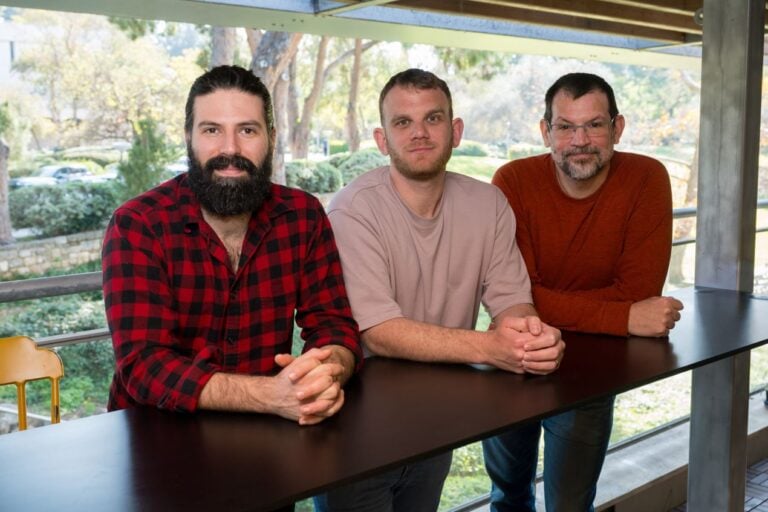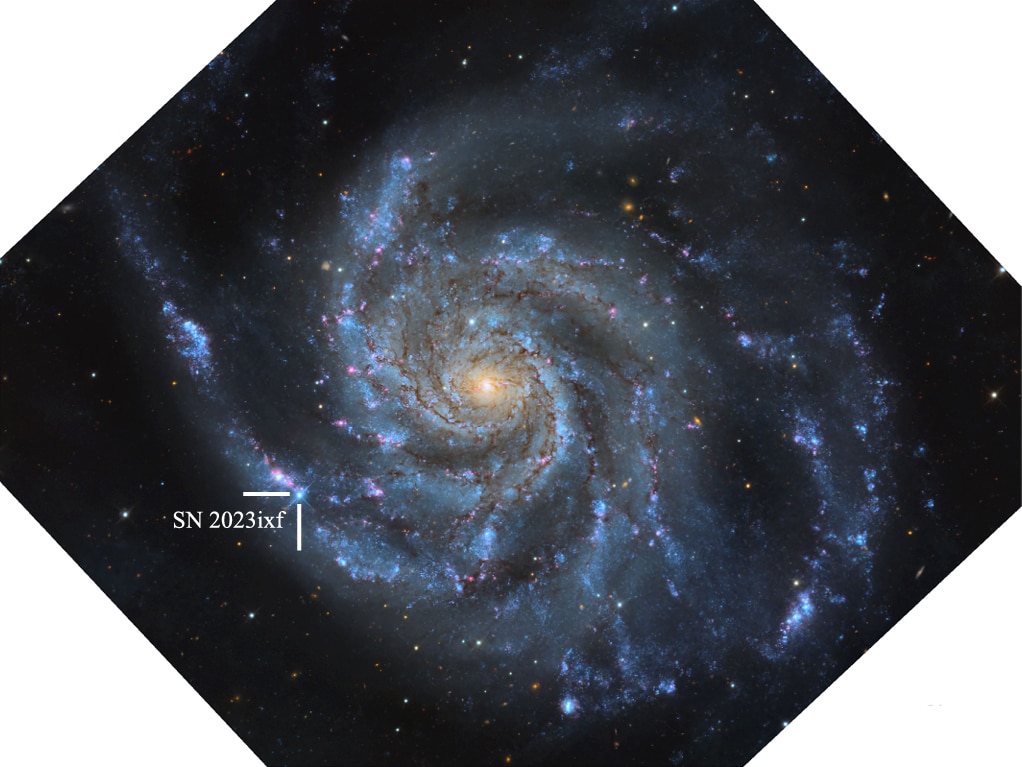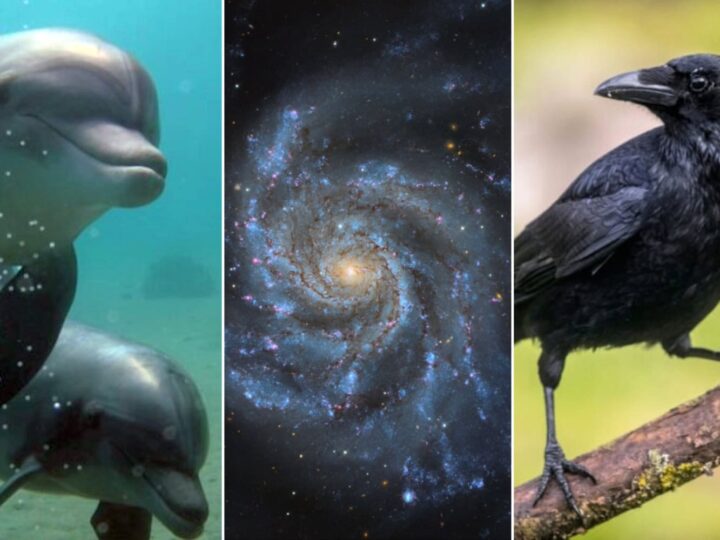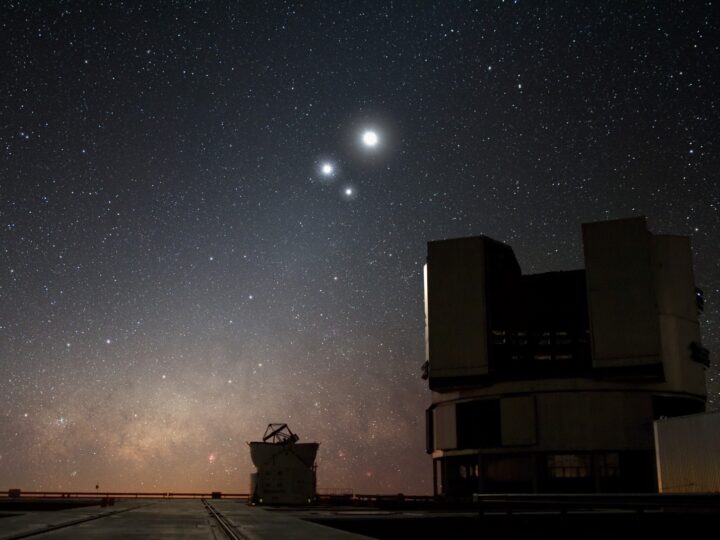A team of Israeli scientists managed to capture and study a once-in-a-lifetime supernova using NASA’s Hubble Space Telescope, helping mankind better understand this magnificent event.
Supernovas, or exploding stars, are phenomenons that occur in our galaxy about once every century, with the last observable explosion taking place hundreds of years ago. Supernovas can’t be predicted, and instead astrophysicists study their aftermath in a way reminiscent of space archaeology.
But the researchers from the Weizmann Institute of Science learned about the supernova as it was taking place on a Friday evening. They quickly contacted NASA and requested that the Hubble Space Telescope reposition itself to capture the exploding star – no mean feat, since the telescope is far from an agile machine.
Their determination and hard work – all of which took place two days before researcher Erez Zimmerman’s wedding, to further complicate things – paid off, and they managed to witness in real time one of the closest supernovas in decades: a red supergiant exploding in a neighbouring galaxy called Messier 101. Their findings are now published in Nature.
“That’s what makes this particular supernova different,” said Zimmerman, from Prof. Avishay Gal-Yam’s group in Weizmann’s Particle Physics and Astrophysics Department. “We were able – for the very first time – to closely follow a supernova while its light was emerging from the circumstellar material in which the exploding star was embedded.”
The researchers then found out that Hubble had already made recordings in this sector of the universe. Going through NASA’s archives, the researchers were able to acquire data from before the star’s eventual demise, creating the most complete portrait of a supernova to date.

In their study, the researchers mapped the two outer layers of the exploding star, leading them to hypothesise that a black hole was formed following the supernova event.
“Calculations of the circumstellar material emitted in the explosion, as well as this material’s density and mass before and after the supernova, reveal a discrepancy, which makes it very likely that the missing mass ended up in a black hole that was formed in the aftermath of the explosion – something that’s usually very hard to determine,” explained PhD student Ido Irani.
“This study presents a unique opportunity to better understand the mechanisms that lead to the conclusion of a star’s life and the eventual formation of something entirely new,” concluded Zimmerman.
Fighting for Israel's truth
We cover what makes life in Israel so special — it's people. A non-profit organization, ISRAEL21c's team of journalists are committed to telling stories that humanize Israelis and show their positive impact on our world. You can bring these stories to life by making a donation of $6/month.








